MCM Birmingham Comic Con special guest - Brian Johnson
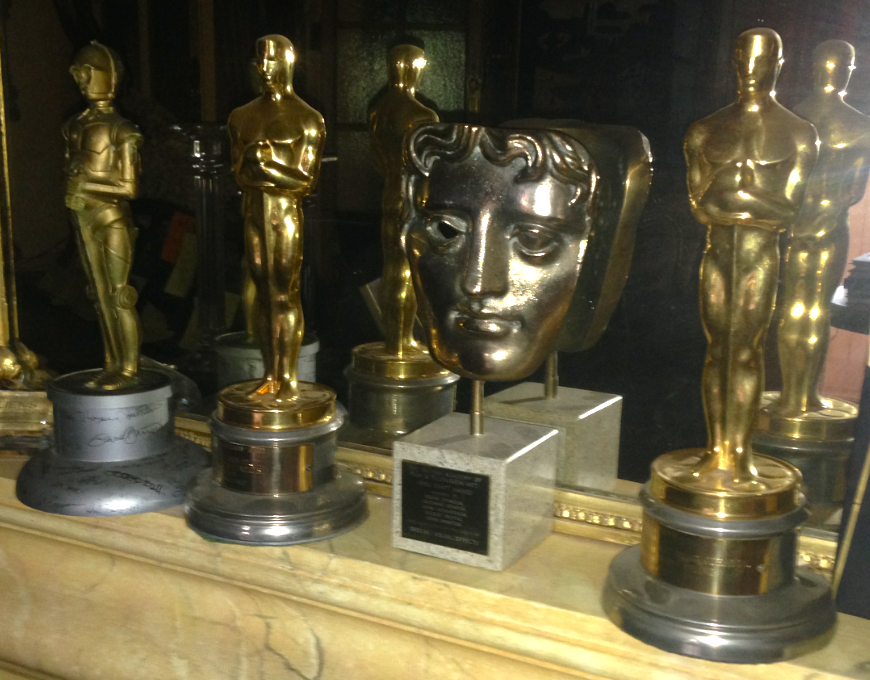 Brian Johnson is a award winning special and visual effects designer and director who for over 40 years provided his services to a multitude of film and television productions.
Brian Johnson is a award winning special and visual effects designer and director who for over 40 years provided his services to a multitude of film and television productions.
Johnson's career began in 1957 when he joined Anglo Scottish Pictures after meeting veteran effects artist and skilled matte painter Les Bowie moving on to become a clapper loader and filming effects plates for Dunkirk (1958). After becoming a Hammer films effects assistant in 1958 Johnson's national service in the RAF followed before moving on to film the 1961 apocalyptic classic The Day the Earth Caught Fire during which he was an effects assistant at Bowie Films.
In 1961 Johnson joined AP Films (later Century 21) under the talented Derek Meddings, firstly as a model builder and flyer on Gerry Anderson classics such as Supercar, Fireball XL5, Stingray and later a second unit director on the groundbreaking television series Thunderbirds. By 1966 Johnson left Century 21, taking with him a wealth of knowledge and found himself working on a Stanley Kubrick picture called 2001: A Space Odyssey on special effects shots which took 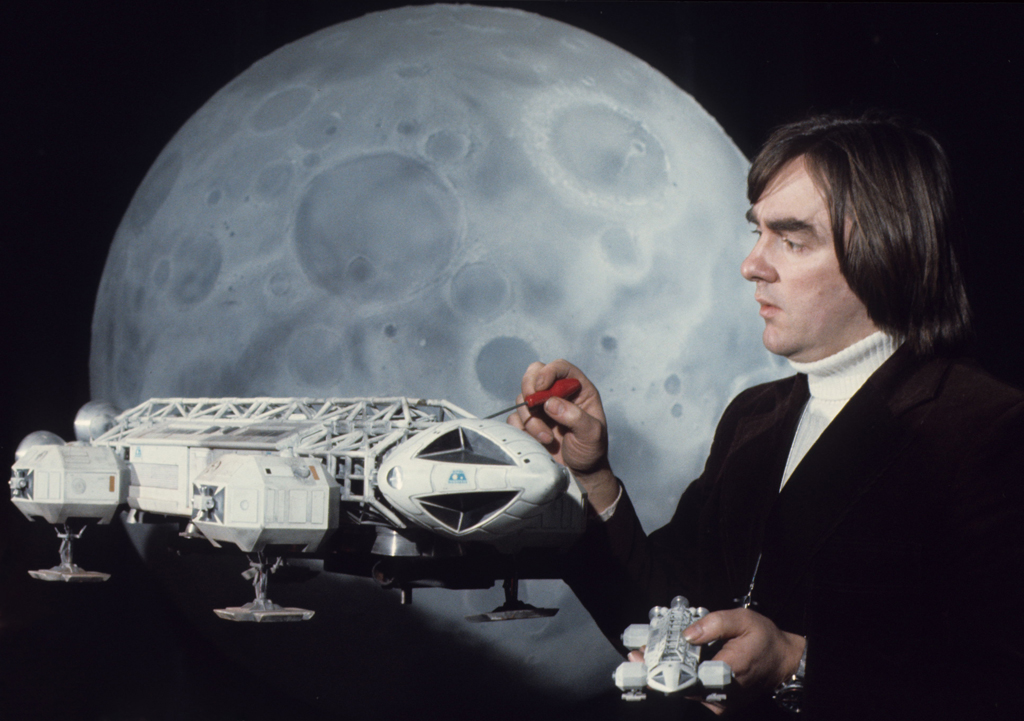 over two years to complete. 2001 of course went on to become a huge success and to this day remains one of the most influential and highly regarded pictures of the science fiction genre.
over two years to complete. 2001 of course went on to become a huge success and to this day remains one of the most influential and highly regarded pictures of the science fiction genre.
After 2001 Johnson went on to work on various film and television productions including Moon Zero Two, On the Buses, Z Cars, and the Hammer production When Dinosaurs Ruled the World with renowned stop motion animator Jim Danforth who was nominated for the Academy Award for Best Visual Effects. By 1974 Johnson was once again working for Gerry Anderson on his latest television series Space: 1999 producing high quality effects which are still highly regarded today, he was also responsible for designing the now iconic Eagle Transporter and various other craft of the series.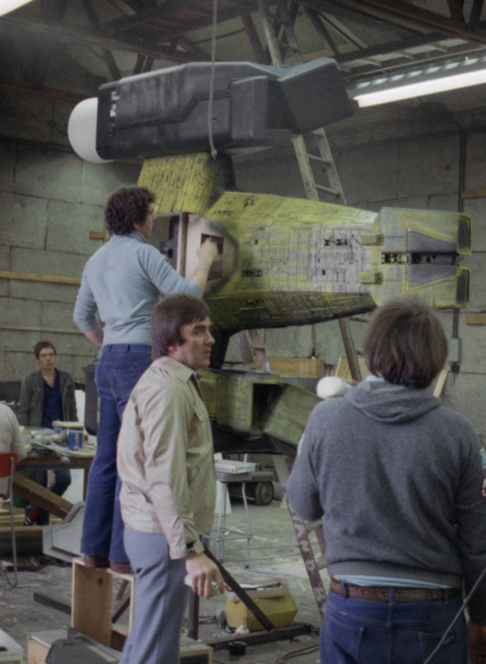 It was during the production of 1999 at Bray Studios Johnson was first approached by two filmmakers to work on a big American space picture turning them down as he had signed for the second series of Space: 1999.
It was during the production of 1999 at Bray Studios Johnson was first approached by two filmmakers to work on a big American space picture turning them down as he had signed for the second series of Space: 1999.
Johnson's next big production was to be Ridley Scott's Alien where he once again worked with friend and Space: 1999 collaborator Nick Allder on the various model miniature effects sequences out of Bray Studios as special effects supervisor. Meanwhile the American Space picture became Star Wars, the highest grossing film of all time, an Academy Award winner and a cult worldwide phenomenon, the two aforementioned filmmakers were George Lucas and Gary Kurtz. Fortunately for Johnson he was invited to work on the 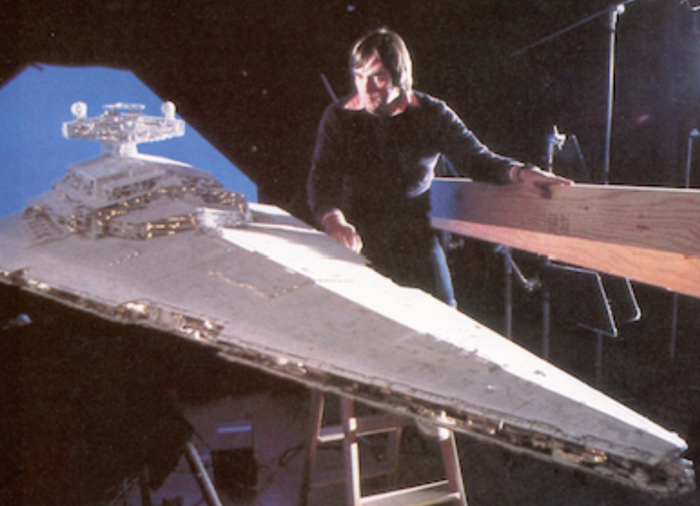 sequel The Empire Strikes Back where he supervised special and visual effects at the now world renowned Industrial Light and Magic.
sequel The Empire Strikes Back where he supervised special and visual effects at the now world renowned Industrial Light and Magic.
In early 1980 Johnson's work on Alien was recognised when he was bestowed the 1979 Academy Award for Best Visual Effects along with H.R. Giger, Carlo Rambaldi, Nick Allder and Dennis Ayling. Just after this The Empire Strikes Back was released to worldwide acclaim and the 1980 Special Achievement Academy Award was presented to Brian Jonhson, Richard Edlund, Dennis Muren and Bruce Nicholson in recognition of their achievements in the field of visual effects.
Johnson went on to work on Dragonslayer, at the request of Lucas and Spielberg and was nominated for another Academy Award, this time losing out to Raiders of the Lost Ark, this proved to be his final Lucasfilm production after which he worked on The NeverEnding Story and James Cameron's Aliens for which he was awarded a BAFTA for his contribution to visual effects.
Brian Johnson will be appearing at The Prop Gallery stand at the MCM Birmingham Comic Con on Saturday November 22nd at the NEC Birmingham.
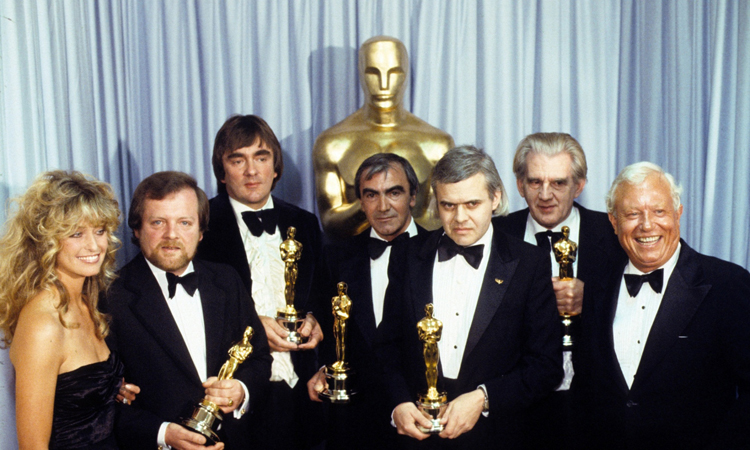
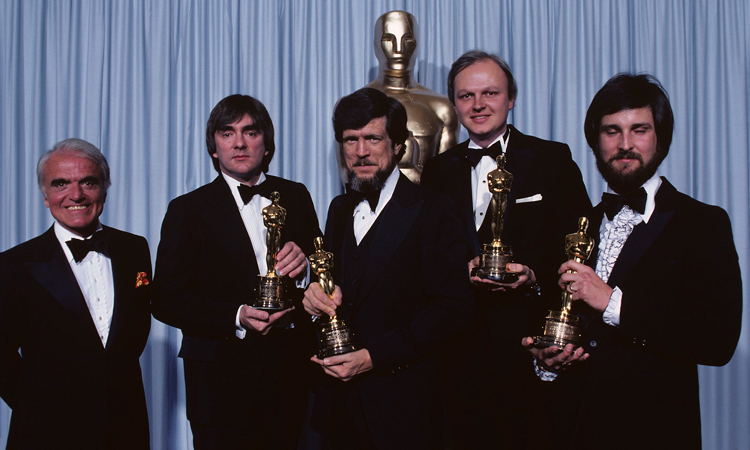
Receiving the 1979 Academy Award for Best Visual Effects for Alien are (L to R) Nick Allder, Brian Johnson, Carlo Rambaldi, H. R. Giger and Dennis Ayling, flanked by presenters Farrah Fawcett (left) and Harold Russell (right) .
Receiving the 1980 Special Achievement Academy Award for exceptional contribution to visual effects for The Empire Strikes Back, (L to R) Jack Valenti (presenter), Brian Johnson, Richard Edlund, Dennis Muren and Bruce Nicholson.
